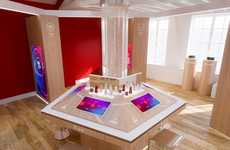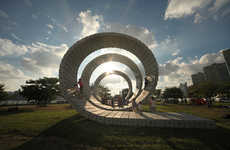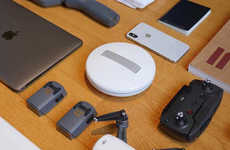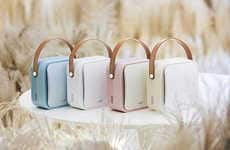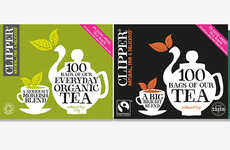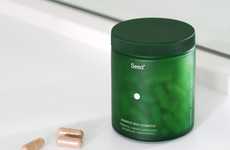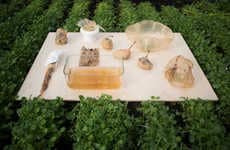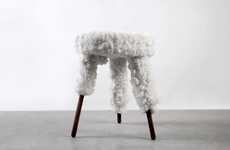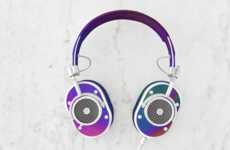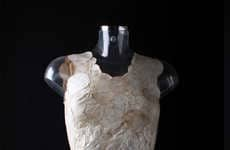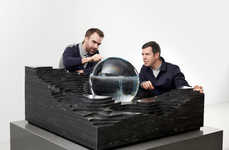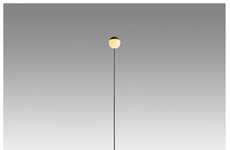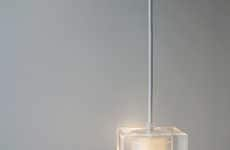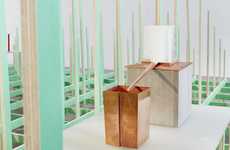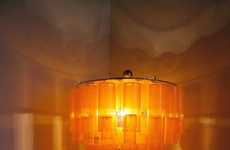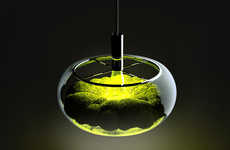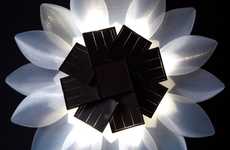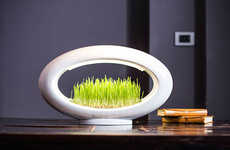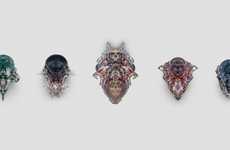

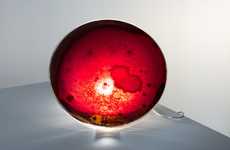
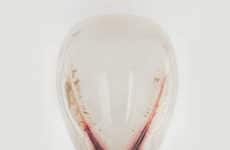
Microbial elements are incorporated into everyday design and materials
Trend - An increasing number of artists and product designers are incorporating microbial life into the design of everyday objects. This speaks to an increase in perceived accessibility to the science of biology and a growing interest in the 'biohacking' movement.
Insight - When it comes to art and design, anything is fair game in consumers' eyes. As young consumers increasingly view their personal spaces not just as areas to relax or escape, but as reflections of themselves, there is a demand for once-standard household items offering unique elements that function as conversation pieces in the home.
Insight - When it comes to art and design, anything is fair game in consumers' eyes. As young consumers increasingly view their personal spaces not just as areas to relax or escape, but as reflections of themselves, there is a demand for once-standard household items offering unique elements that function as conversation pieces in the home.
Workshop Question - What role could biohacking play in your industry?
Trend Themes
1. Incorporating Microbial Life - Microbial life is being incorporated into everyday objects due to the growing interest in biotechnology and biohacking.
2. Fermentation and Bacteria - The use of fermentation and bacteria is leading to the creation of unique, sustainable products like plant-powered lighting and naturally fermented containers.
3. Bacterial-stained Glass Design - Designers are utilizing bacterial-stained glass to create unique, abstract works of art that offer a personal touch.
Industry Implications
1. Biotechnology - The biotechnology industry can capitalize on the trend of incorporating microbial life by creating innovative products and designs that are both sustainable and eco-friendly.
2. Art and Design - Art and design professionals can use the fermentation and bacterial trend to create unique conversation pieces that are both functional and beautiful.
3. Sustainability - The use of sustainable materials and production methods to create naturally fermented containers and plant-powered lighting presents opportunities for companies in the sustainability industry to innovate and offer eco-friendly alternatives to traditional products.
